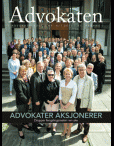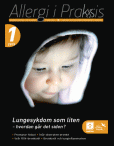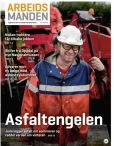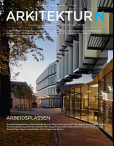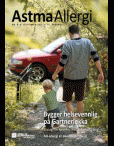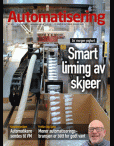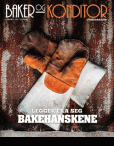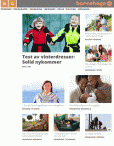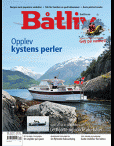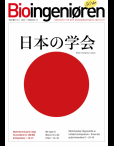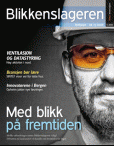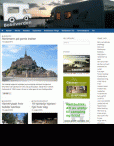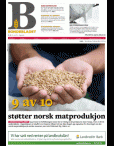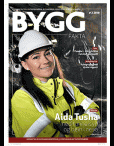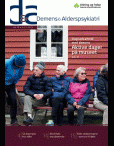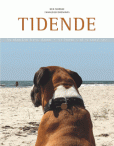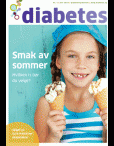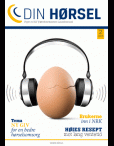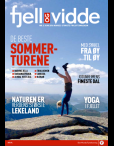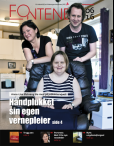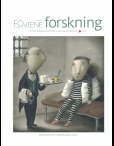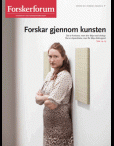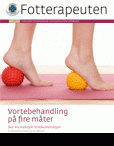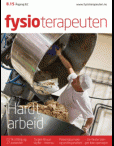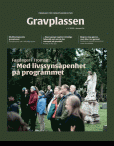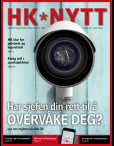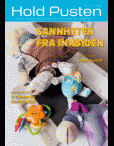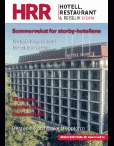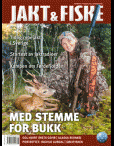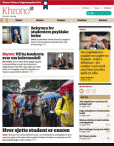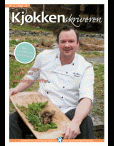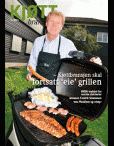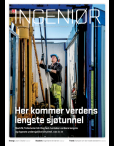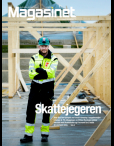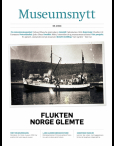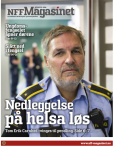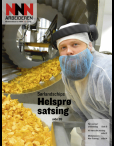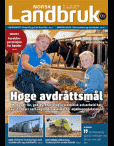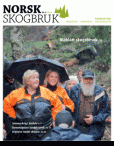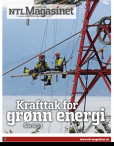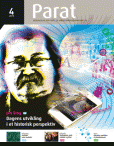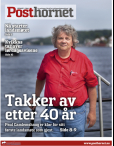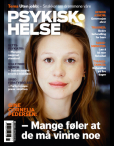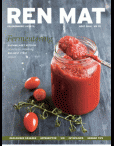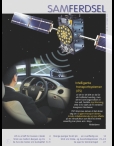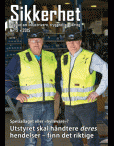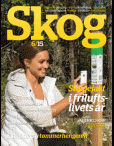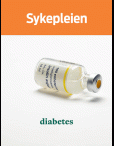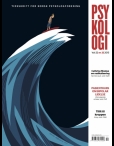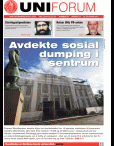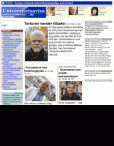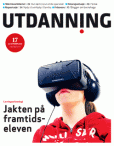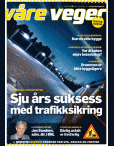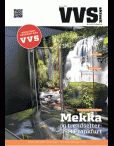NBS-nytt
14.02.2021

Abstract:
Matrix metalloproteases (MMPs) constitute a family of extracellular proteases (secreted and membrane-anchored) being over-expressed and functionally involved in various human pathological conditions. Several secreted metalloproteases (MPs) from pathological bacteria are virulent disease factors. In this article we focus on challenges in the development of specific inhibitors against human MMPs and bacterial MPs.
Proteases are a large and diverse group of protein and peptide hydrolyzing enzymes found in all kingdoms of life
A group of hydrolyzing enzymes called proteinases, proteases or peptidases cleaves proteins and peptides by adding a water molecule to a peptide bond in the substrate protein/peptide. These enzymes are found in all kingdoms of life and are important for nutrition, regulation of protein turnover and cell signaling. Proteases that cleave at the N- or C-terminal end of a protein/peptide are called exopeptidases (aminopeptidases, carboxypeptidases), while those that cleave within the protein chain are called endopeptidases. The estimate is that there are around 70,000 different proteases. These are localized either inside the cell, within the cell membrane, at the cell surface or are secreted into the extracellular environment. Proteases are classified according to the catalytic residue in their active site into metallo-, serine-, threonine-, cysteine-, aspartic-, glutamic-, aspargine- and mixed-proteases¹. In metalloproteases, the catalytic metal is anchored at the bottom of the active-site cleft and is most often a zinc ion, but is sometimes a cobalt, manganese, or nickel ion. Proteases are further classified based on sequence similarity and evolutionary distance as in the Merops database (http://merops.sanger.ac.uk)2 or active-site architecture and overall fold similarity³, ?. In the former classification, proteases are organized hierarchically into protein species, families and clans, while in the latter the proteases are organized into hierarchic levels of class, subclass, tribe, clan, and family. The size of the active-site cleft varies between proteases, and several substrate side-chains interact with the active site region. The substrate side-chains N-terminal of the cleavable bond are named P1, P2, etc., while those C-terminal for the bond are named P1', P2', etc. Their corresponding interacting regions (subsites) in the protease are named S1, S2, S1', S2', etc. (see Fig. 1). The size, charge, polarity, and hydrophobicity of sub-sites determine the specificity of the protease.
In humans, there are approximately 570 different proteases that belong to metallo-, serine-, threonine-, cysteine-, or aspartate proteases. Approximately 270 of these are localized in the extracellular environment while about 300 are localized intracellularly (including intramembrane variants). In the present article, we focus on a family of human zinc metalloproteases, the matrix metalloproteases (MMPs) or matrixins, that constitute the M10A family, and on a family of bacterial extracellular zinc metalloproteases (MPs), the M4 family (see the Merops database). Proteases of both these families are potential therapeutic targets Yupp¹, ?-?. All these enzymes are endopeptidases.
Matrix metalloprotease structure
In humans, t
Gå til medietProteases are a large and diverse group of protein and peptide hydrolyzing enzymes found in all kingdoms of life
A group of hydrolyzing enzymes called proteinases, proteases or peptidases cleaves proteins and peptides by adding a water molecule to a peptide bond in the substrate protein/peptide. These enzymes are found in all kingdoms of life and are important for nutrition, regulation of protein turnover and cell signaling. Proteases that cleave at the N- or C-terminal end of a protein/peptide are called exopeptidases (aminopeptidases, carboxypeptidases), while those that cleave within the protein chain are called endopeptidases. The estimate is that there are around 70,000 different proteases. These are localized either inside the cell, within the cell membrane, at the cell surface or are secreted into the extracellular environment. Proteases are classified according to the catalytic residue in their active site into metallo-, serine-, threonine-, cysteine-, aspartic-, glutamic-, aspargine- and mixed-proteases¹. In metalloproteases, the catalytic metal is anchored at the bottom of the active-site cleft and is most often a zinc ion, but is sometimes a cobalt, manganese, or nickel ion. Proteases are further classified based on sequence similarity and evolutionary distance as in the Merops database (http://merops.sanger.ac.uk)2 or active-site architecture and overall fold similarity³, ?. In the former classification, proteases are organized hierarchically into protein species, families and clans, while in the latter the proteases are organized into hierarchic levels of class, subclass, tribe, clan, and family. The size of the active-site cleft varies between proteases, and several substrate side-chains interact with the active site region. The substrate side-chains N-terminal of the cleavable bond are named P1, P2, etc., while those C-terminal for the bond are named P1', P2', etc. Their corresponding interacting regions (subsites) in the protease are named S1, S2, S1', S2', etc. (see Fig. 1). The size, charge, polarity, and hydrophobicity of sub-sites determine the specificity of the protease.
In humans, there are approximately 570 different proteases that belong to metallo-, serine-, threonine-, cysteine-, or aspartate proteases. Approximately 270 of these are localized in the extracellular environment while about 300 are localized intracellularly (including intramembrane variants). In the present article, we focus on a family of human zinc metalloproteases, the matrix metalloproteases (MMPs) or matrixins, that constitute the M10A family, and on a family of bacterial extracellular zinc metalloproteases (MPs), the M4 family (see the Merops database). Proteases of both these families are potential therapeutic targets Yupp¹, ?-?. All these enzymes are endopeptidases.
Matrix metalloprotease structure
In humans, t




